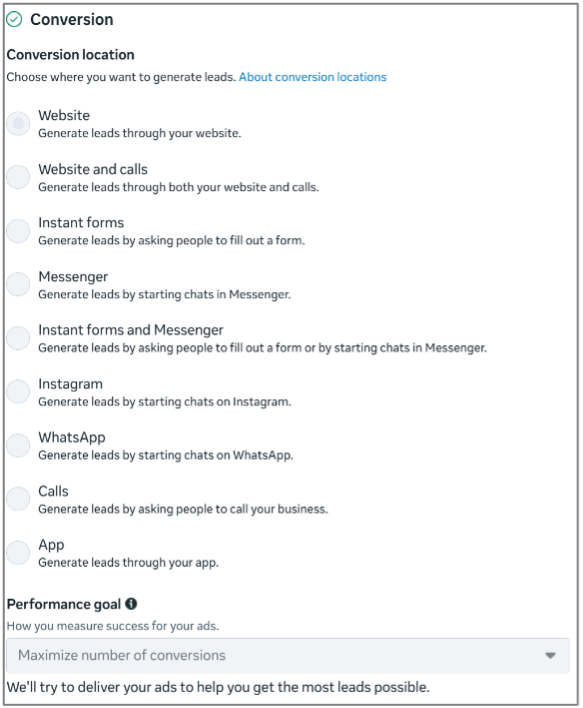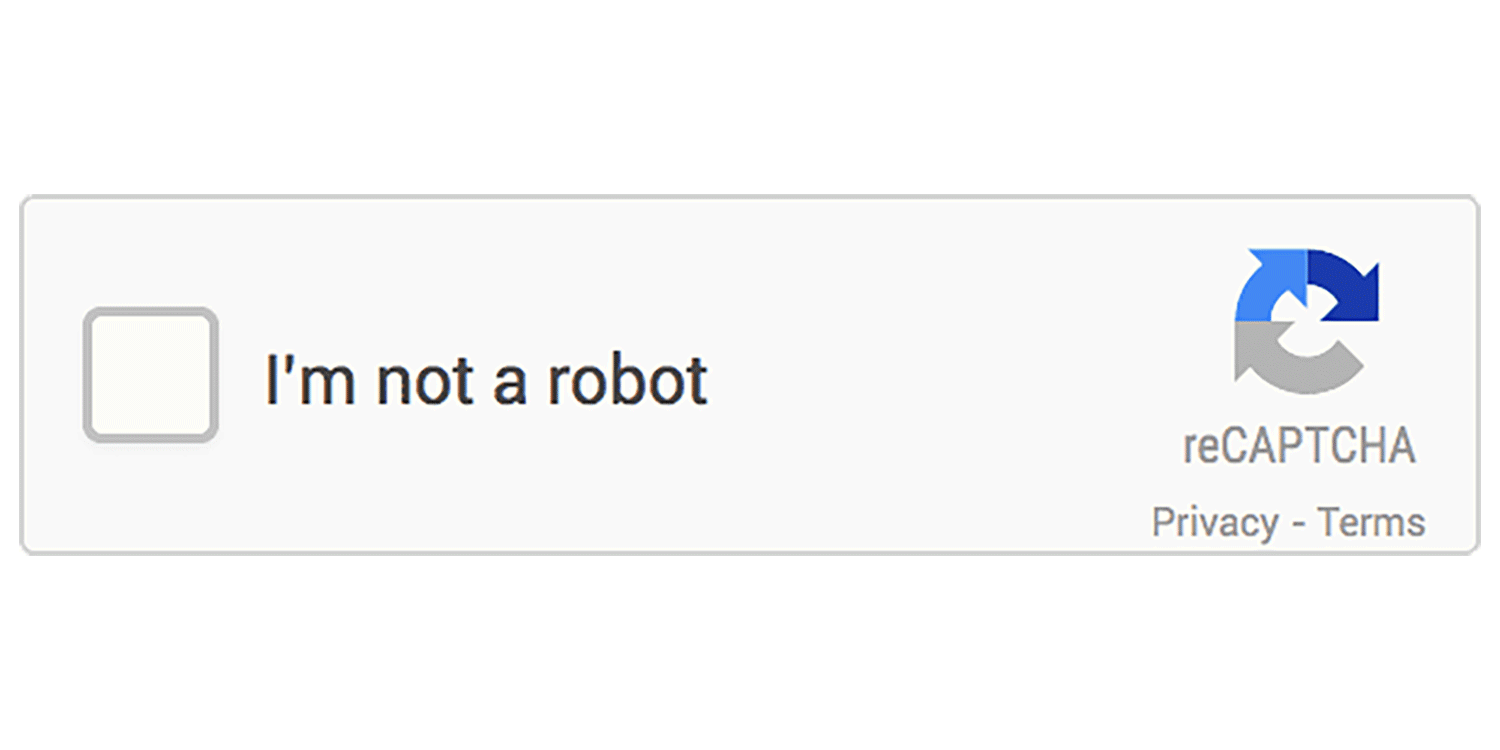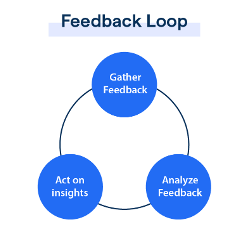Best Practices for PMAX and Advantage+ Lead Generation Campaigns
Justin Stauffer Boomer Marketing, Digital Direct Marketing, Health Care Marketing, Insurance Direct Marketing, Marketing Analytics, Medicare Marketing, Response Marketing, Trends and POV, Action Brand - Action MarketingAs the industry continues to evolve toward a privacy-first approach, gone are the days of accessing nearly unlimited targeting parameters within digital marketing channels. First-party data, along with audience signals and artificial intelligence (AI)-driven platforms, are the way forward.
A few years have passed since the launch of Google’s Performance Max (PMAX), a goal-based campaign type in Google Ads. Initially, it was met with mixed reactions, primarily due to a fear of loss of control and heavier reliance on AI for decision making. I explored some of the potential pitfalls of algorithm-driven ad platforms in this blog in March 2024.
Fast forward to today: Google and Microsoft each have their own PMAX platforms and Meta has one called Advantage+.
Real-world results
Early last year, DMW started testing Google PMAX for lead generation campaigns. It took time to test and refine the optimal audience signals within each platform. We were fortunate to receive feedback from our clients in terms of overall lead quality.
By Medicare’s Annual Enrollment Period (AEP), we were using PMAX for most of our clients’ digital lead campaigns. Our Cost per Lead (CPL) was between $15 and $60. This marked a significant improvement from a previous high of $205 — an impressive 71% decrease!
Read on for recommendations and strategies for getting the most leads, and the most bang for your buck, when using a PMAX or Advantage+ platform.
1. Clearly define your conversion goals
PMAX and Advantage+ optimize based on conversion-related goals. The challenge with this (when it comes to lead generation) is that not all leads are equal.

For instance, in Medicare marketing, a lead generated from a web form submission may not be as valuable as a phone call. Phone tracking tools such as CallRail have integrations with Google Ads and Meta Ads to identify which ads are leading to phone calls.
Another option you can consider is assigning cost-per-result thresholds to ensure you’re capping your budget. By setting clear cost caps, you can control how much you’re willing to pay for each type of conversion.
Additionally, consider differentiating between lead types within your reporting. For example, you can segment leads based on form completions, phone calls, or other touchpoints in Google Ads. Doing so helps you effectively evaluate the quality of your leads and allocate your budget accordingly.
Regardless of your conversion goals, make sure you prioritize your conversion actions (e.g., newsletter signup, phone call lead, etc.). This will ensure the platforms optimize the actions that are worth the most.
2. Streamline landing page contact forms
Landing pages are often overlooked. If you’re driving an audience to a landing page, make it effortless for them to convert. Here are some tips:
- Make the page design clean and feature a bold call to action (CTA)
- Optimize the page for mobile audiences (check Pagespeed and Core Web Vitals for more information)
- Include only essential form fields like name, email address, and ZIP code —collect additional information by email
- Use dynamic content to personalize the experience. For example, if someone is inquiring about Medicare Advantage plans, dynamically adjust the copy and CTA buttons to highlight the most relevant options based on previous behaviors and/or the ad the visit originated from.
3. Minimize SPAM bot conversions
It’s important to prevent leads generated by bots and implement basic SPAM protection.

Otherwise, PMAX and Advantage+ may incorrectly attempt to optimize based on negative leads.
There are several third-party bot prevention tools that utilize machine learning to detect abnormal behavior patterns, such as multiple (or rapid) form submissions or unusual patterns. There are also some basic steps you can take to block most SPAM attempts.
First, ensure you implement ReCAPTCHA or “honeypot captcha” script (this is basically a hidden field that tricks spam bots — legitimate users don’t see it but spam bots complete it, which alerts the system that the submission isn’t from a real user).
Google Ads also has the ability to provide insights into the quality of your leads as well as the ability to exclude specific IP addresses in order to block known SPAM bots.
4. Test ad messaging and formatting
With over 3 billion monthly users on Meta’s platforms, mobile-first ad formats like vertical videos and animations (9:16) are essential.

When scrolling through a mobile feed, video-based content tends to capture users’ attention better than static imagery. Plus, additional information can be conveyed more clearly within video — especially when paired with bold visuals and concise copy.
Education continues to play a key role in Medicare marketing. Prospective members often hesitate due to a lack of understanding. Use video to test various educational messages outside of the AEP, building familiarity and trust before enrollment starts in October. Webinars and downloadable assets can also be tested as lead drivers to see what generates the highest engagement and conversion.
Retargeting strategies can also benefit from video. Test different retargeting creatives to engage users who visited your landing page but didn’t convert. Reiterate the offer for educational downloads or the ability to schedule an appointment with a representative. The goal is to learn what drives action — and optimize accordingly.
5. Optimize audience signals based on lead quality
Optimizing audience signals for your campaigns should be an ongoing process to ensure you generate qualified leads. While all platforms allow you to automate this process for a cost, you can do it manually.
At DMW, we focus on manually reviewing audience signals. Beyond using the obvious demographic signals such as location and age, you can also include life event triggers (e.g., people retiring soon) or target according to interests (e.g., retirement planning). You can also choose a “custom audience” target (e.g., your competitors’ URLs).

It’s worth noting that Google’s PMAX defines age targeting in groups (e.g., 55-64, 65+). So, unless you’re targeting just 65+, you won’t reach those aging into Medicare. Have a strategy in place to message the portions of your audience that fall into the 55-64 age bracket but aren’t likely eligible for Medicare.
There’s another opportunity to save money and increase leads, and it has to do with ad placement. Although PMAX ads can appear within search results, consider running traditional paid search campaigns alongside them. This strategy lowers the Cost Per Click (CPC) and increases overall conversions.
Lastly, don’t forget about the potential for utilizing first-party data collected from your Customer Relationship Management tool (CRM) or email marketing platform. If allowed, due to privacy regulations, leverage Customer Match to target ads to prospects using the data they share with you. Both Google and Meta allow you to upload non-Protected Health Information (PHI) related data into the platform and target your audience.
6. Get feedback from your sales team
We recommend creating a feedback loop with any sales teams that are collecting and responding to leads.

You can also speak with member support teams to get insights about the “ideal member” to find others like them. Member support teams can often help differentiate between high-quality and low-quality leads your campaigns have generated.
Another option may involve developing a lead scoring system to evaluate the quality of your leads in real-time. By scoring leads based on their engagement, behavior, and conversion likelihood, you can allocate your marketing spend more efficiently and improve Return on Investment (ROI).
After analyzing your feedback, update your audience signals if needed.
7. Test and refine campaigns
Experiment with different ad formats and creative approaches to see which resonates most with your audience. This might include testing various copy tones (e.g., formal vs. conversational), creative formats (e.g., carousel ads vs. native ads), or even experimenting with ad scheduling to target your audience when they’re most likely to engage (e.g., evenings or weekends). Test different bidding strategies (e.g., value-based bidding or target Cost Per Acquisition [CPA]) to achieve optimal results.
Also consider refining your media mix allocation across different channels. If you notice one platform is yielding better quality leads, shift your budget slightly to focus on the more efficient channel.
Regularly analyze campaign performance metrics (e.g., conversion rates, CPL, etc.) and adjust targeting and creative accordingly.
Platforms like PMAX and Advantage+ can generate a ton of viable leads, but you need to work on optimizing them just as much as traditional digital media campaigns. Bottom line: feedback from marketers is critical; otherwise, the platforms may optimize around negative signals. If you need help, DMW is here.